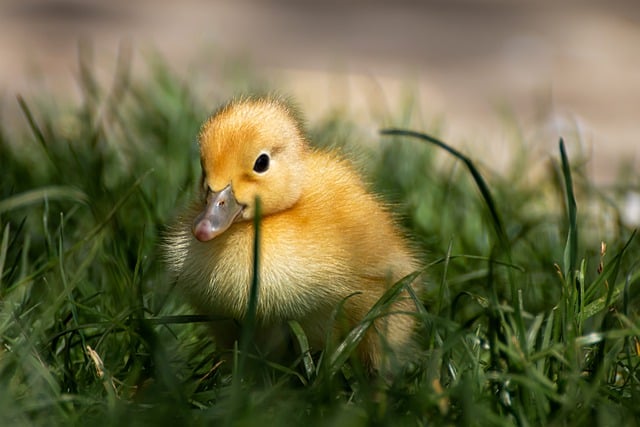Yard waste, including grass clippings, leaves, twigs, and small branches, is a challenge that can be turned into an eco-friendly opportunity through proper management. By recycling and composting organic materials, homeowners can reduce their environmental footprint, decrease landfill waste, conserve natural resources, and promote a healthier ecosystem. Creative reuse of yard debris, such as turning grass clippings into compost or using wood chips for mulch, not only enhances soil health but also offers unique ways to beautify outdoor spaces while fostering sustainability.
Tired of struggling with yard debris disposal? This comprehensive guide offers simple solutions for effective yard waste removal and recycling. From understanding the various types of yard waste and their environmental impact, to exploring efficient disposal methods that promote a greener yard, this article has you covered. Discover creative recycling ideas that transform lawn debris into valuable resources, inspiring a more sustainable approach to your outdoor space.
- Understanding Yard Waste: Types and Their Impact
- Efficient Disposal Methods for a Greener Yard
- Creative Recycling Ideas to Transform Yard Debris
Understanding Yard Waste: Types and Their Impact

Yard waste, a term encompassing a range of organic materials from lawns and gardens, presents both challenges and opportunities for efficient disposal and recycling. This includes items such as grass clippings, leaves, twigs, and sometimes even small branches. Improperly managed, these debris can lead to environmental harm, clogging drainage systems and contributing to water pollution. They also take up valuable space in landfills.
However, understanding the types of yard waste and their potential benefits can transform this challenge into an eco-friendly opportunity. Grass clippings, for instance, are rich in nitrogen, making them excellent organic fertilizer. Leaves and twigs can be composted to create nutrient-dense soil amendments. Effective yard waste removal and recycling practices not only reduce environmental impact but also contribute to a more sustainable and greener community.
Efficient Disposal Methods for a Greener Yard

Many homeowners often overlook the environmental impact of their yard waste removal practices. However, adopting efficient disposal methods can significantly contribute to a greener and more sustainable yard. Yard Waste Removal doesn’t have to be a daunting task; it can be an opportunity to enhance your garden’s health and reduce environmental pollution. One effective approach is recycling, which plays a vital role in minimizing the amount of waste sent to landfills. By composting organic materials like leaves, grass clippings, and food scraps, you create nutrient-rich soil amplifiers that benefit your lawn and garden. This simple practice reduces the demand for synthetic fertilizers, fostering a healthier ecosystem.
Additionally, consider implementing a recycling program for non-organic debris such as plastic, metal, and glass. Many local municipalities offer curb-side pick-up services for these materials, making it convenient to responsibly dispose of them. By combining composting and recycling efforts, you’ll notice a substantial decrease in yard waste ending up in landfills, thus reducing greenhouse gas emissions and conserving natural resources. Embracing these eco-conscious practices not only keeps your yard looking pristine but also ensures a more sustainable future for our planet.
Creative Recycling Ideas to Transform Yard Debris

Transforming yard debris into useful materials is an eco-friendly approach to responsible yard waste removal and recycling. Get creative by turning grass clippings, leaves, and small branches into compost, which can later be used to enrich soil and promote plant growth. This process not only reduces the amount of waste sent to landfills but also fosters a sustainable garden ecosystem.
Another innovative idea is to repurpose wood chips derived from tree trimmings as a natural mulch or even for building pathways in your yard. Old pallets can be disassembled and used to create raised garden beds, while larger branches can be carved into decorative pieces or even furniture. These creative recycling ideas not only minimize the environmental impact of yard waste but also offer unique ways to enhance outdoor spaces.
In light of the above, it’s clear that proper yard waste removal and recycling can significantly benefit both our environment and local ecosystems. By understanding different types of yard debris and implementing efficient disposal methods, we can contribute to a greener, more sustainable future. Creative recycling ideas further enhance this process, transforming seemingly useless lawn debris into valuable resources. So, let’s embrace these practices to make yard waste management not just easy, but also environmentally responsible.
